
Head lice are small insects that feed on the blood and live on the human scalp. It is highly contagious and can be spread through physical contact or by sharing personal items such as hats, combs and hair accessories. It is very common amongst school-age children.
Head lice are usually found on the scalp and nape of the neck of the affected individual. The presence of a moving louse is confirmatory. Otherwise, eggs (nits) can be noticed in the hair.

PRO TIPS
It is important to note that treatment is available for head lice and that shaving of the head is not necessary.
Step-by-Step Instructions for head lice treatment
1. Choose the Right Medication over-the-counter (OTC) and read instructions carefully.
A number of over the counter options are available:

PRO TIPS
It is important to consider the active ingredient that is used. Generally, I would recommend against products containing active ingredients such as tea tree oil, eucalyptus oil, lavender oil, orange peel oil due to risk of dermatitis.
In Australia (available at pharmacies and online)

Hedrin 15min Gel 100ml Spray
Hedrin 15min Gel 100ml Spray
- for adult and children older than 6 months
- Active ingredient: Dimeticone
- Instructions: Applied topically, leave for 30 minutes. Repeat treatment in 7 days.

Pyrenel Head Lice Treatment Shampoo Foam 100 ml
Pyrenel Head Lice Treatment Shampoo Foam 100 ml
- for adult and children over than 2 years of age
- Active ingredients: Piperonyl and Pyrethrins
- Instructions: topically, leave for 10 minutes. Repeat treatment in 7 days
2. Prepare for application of treatment by washing with regular shampoo without conditioner and towel dry the hair.
3. Put on a pair of gloves and apply the medication to damp hair. Apply to the scalp and spread it down to the ends of the hair. Avoid contact with eyes, mouth or nose.
4. Wait and leave medication on for the time specified in the instruction (usually 10-15 mins)
5. Rinse out the medication and do not use shampoo or condition.
6. Wet combing to remove Nits – after rinsing, use the fine-toothed Head Lice comb to remove dead lice and nits from hair in the sink, shower stall or bathtub.
7. Repeat topical medication treatment in 7 days (as existing eggs hatch to become lice).
- In between treatments, use the wet combing method twice.
- Wet combing should be repeated weekly after cure.
8. Clean home environment such as bedding, hats and clothing in hot water (60°C). or tumble dry with heat. Vacuum carpets and furniture. If it is not possible to wash your belongings, leave the items in a sealed plastic bag for 2 weeks.
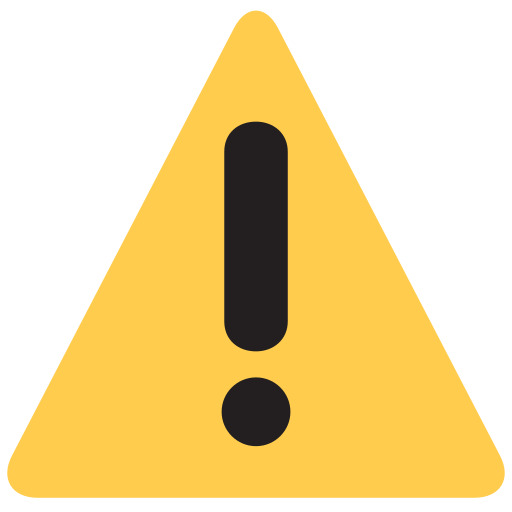
PRECAUTIONS
It is important to note that as head lice is a very itchy condition, it is possible to develop a secondary bacterial infection (impetigo). If there is any concerns about an infection, please go to your healthcare provider for a review. Oral antibiotics may be required to treat the infection.
 Common Skin Conditions
Common Skin Conditions Paediatric Conditions
Paediatric Conditions Skin Cancer
Skin Cancer Infectious Skin Conditions
Infectious Skin Conditions Other Skin Conditions
Other Skin Conditions Treatment & Management
Treatment & Management Prevention & Skincare
Prevention & Skincare

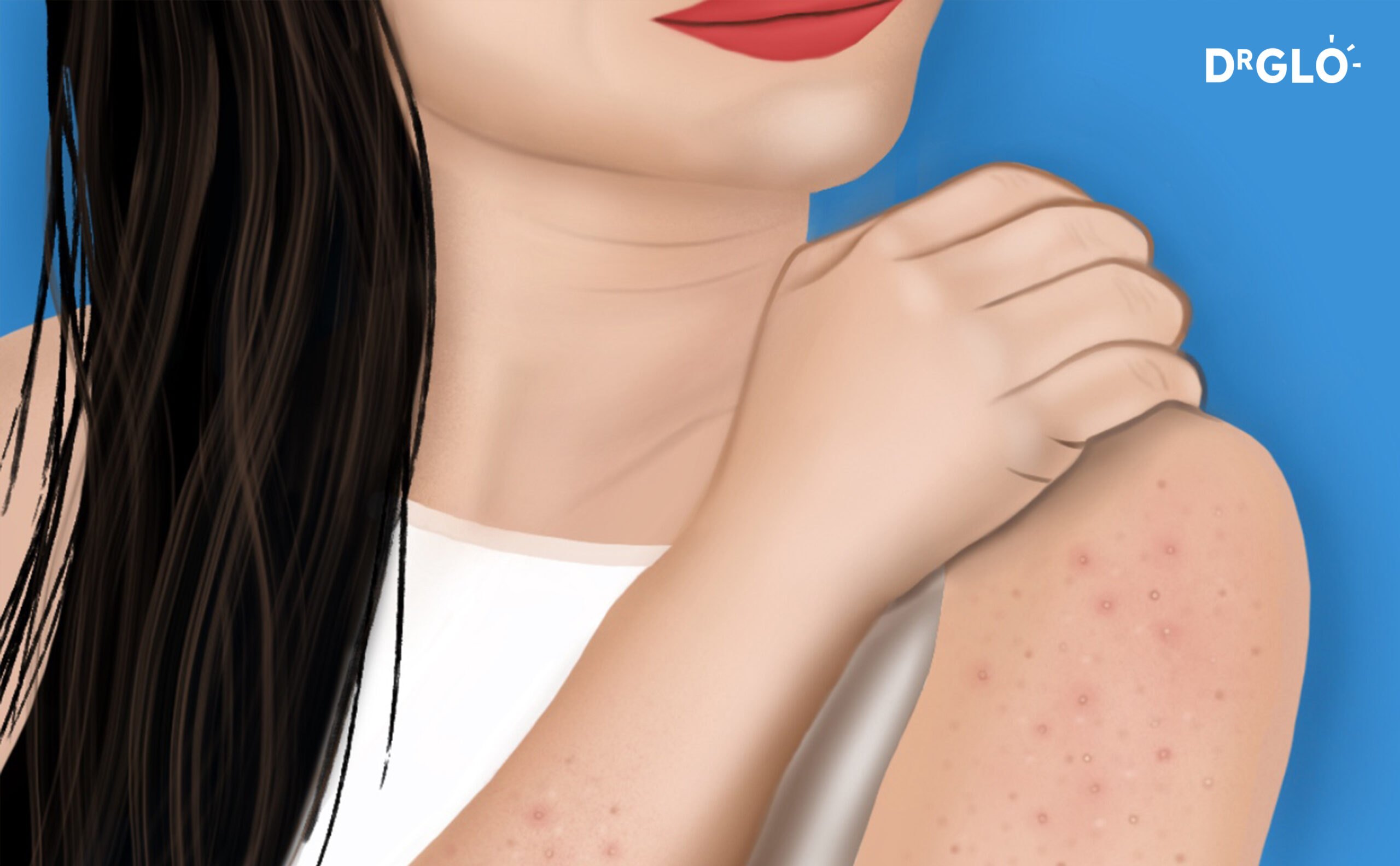

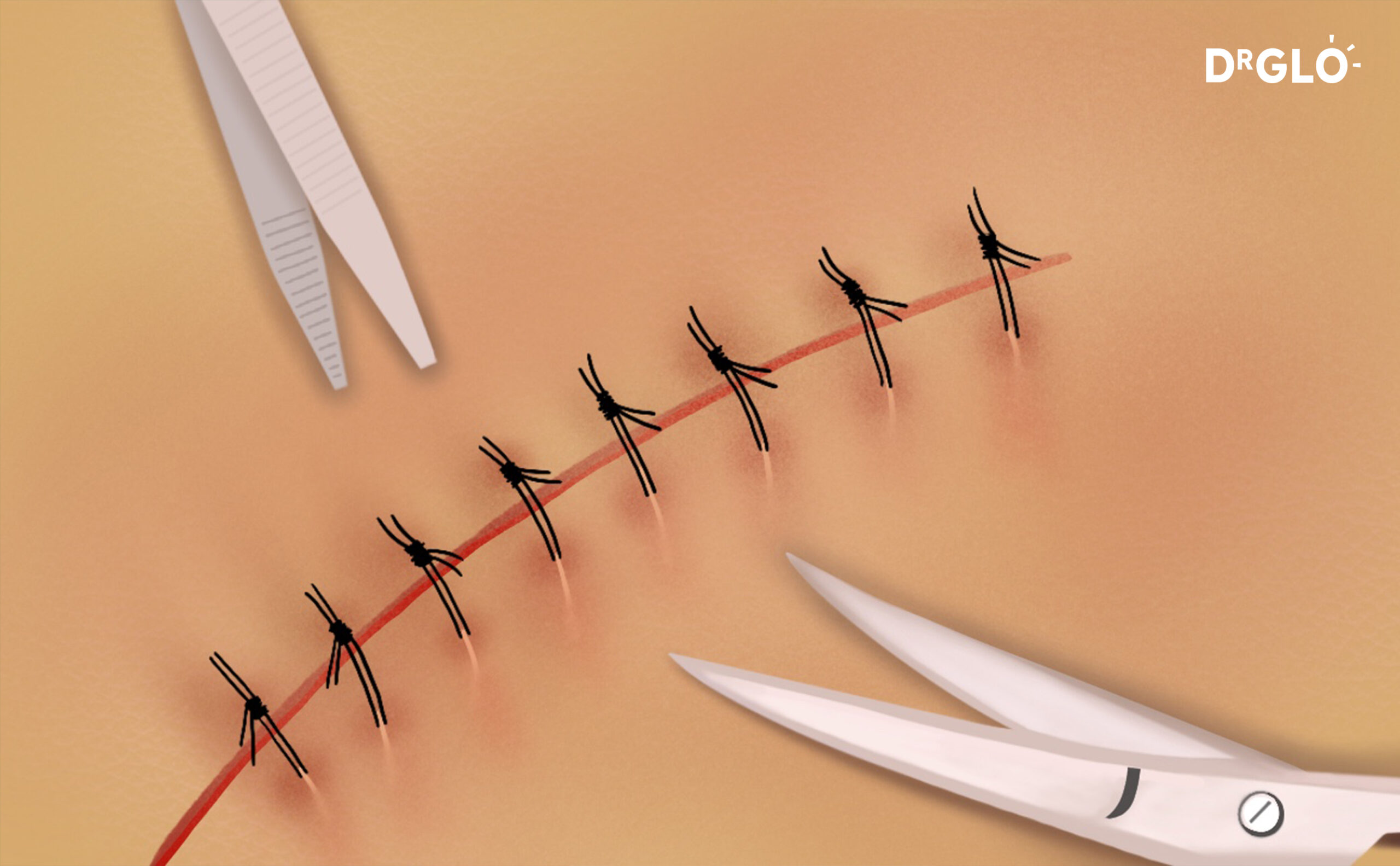
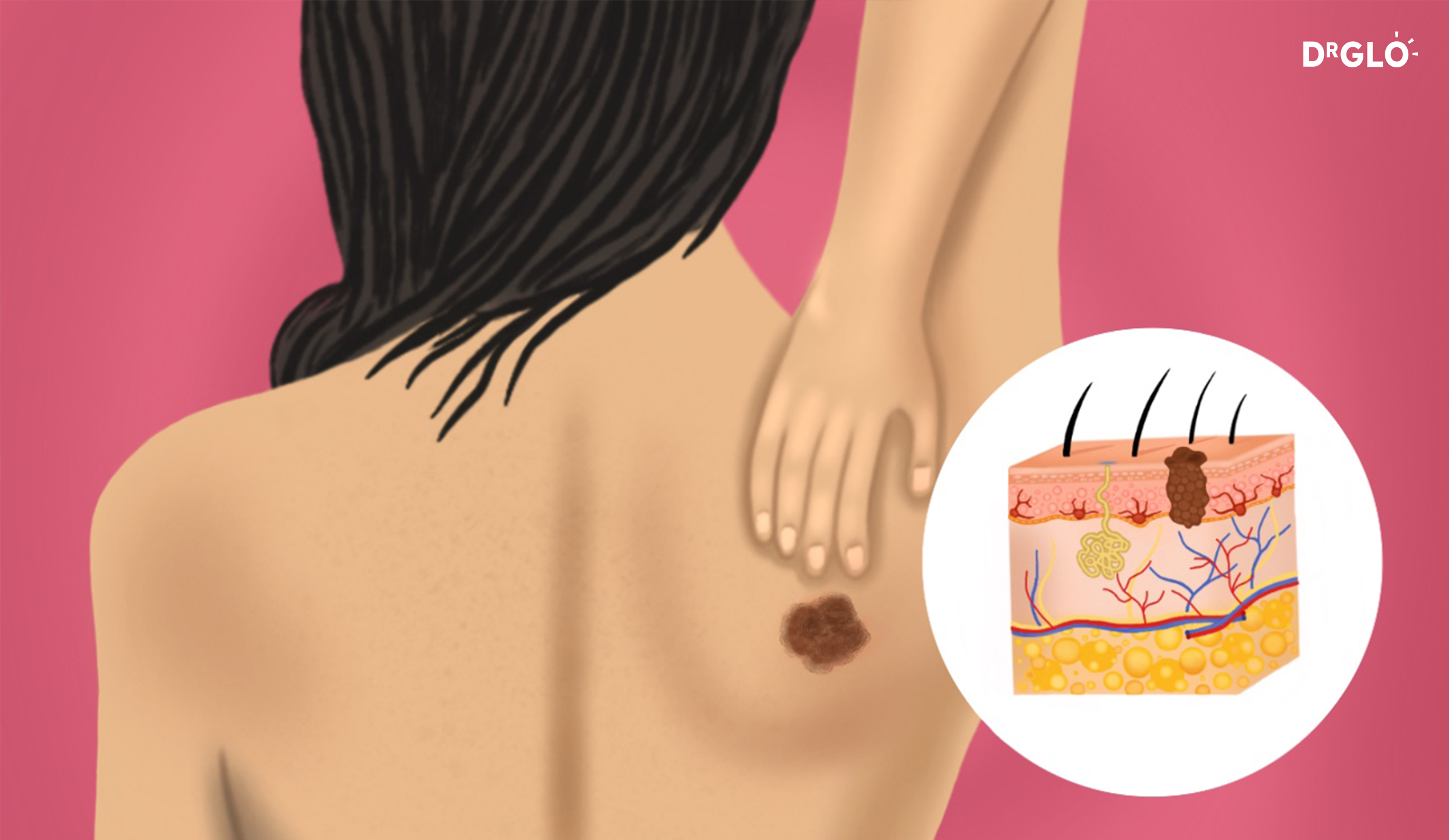
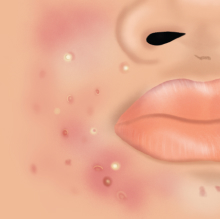
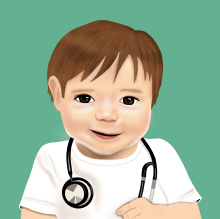
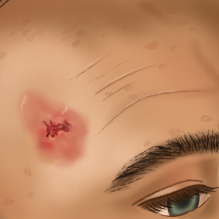
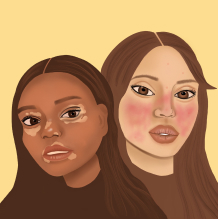
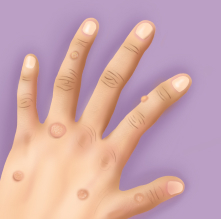
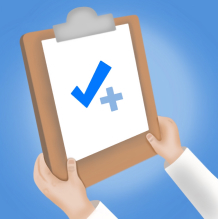
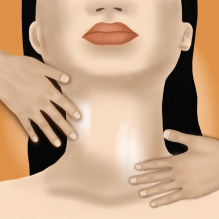
Popular Articles